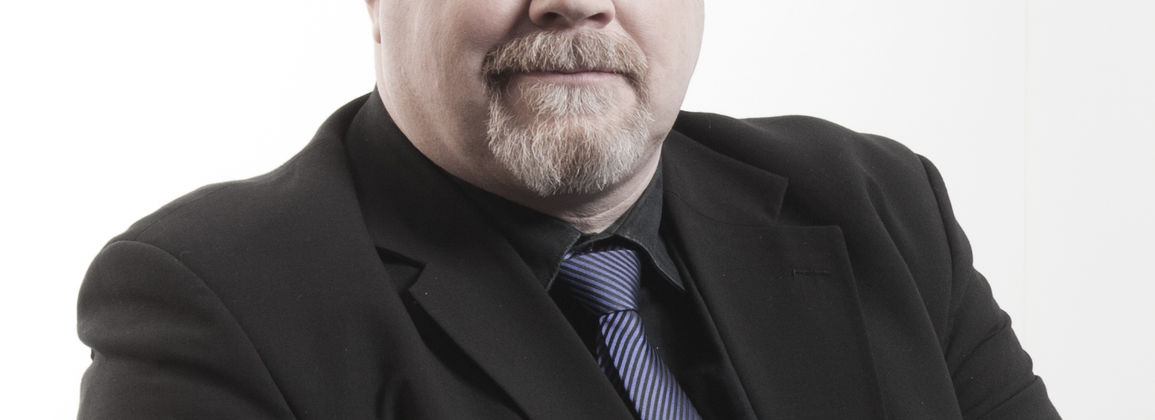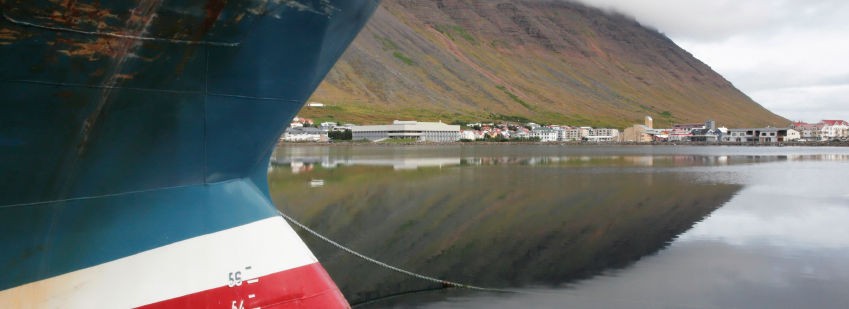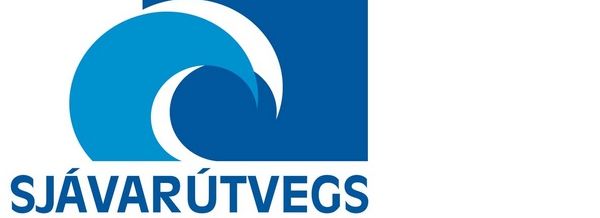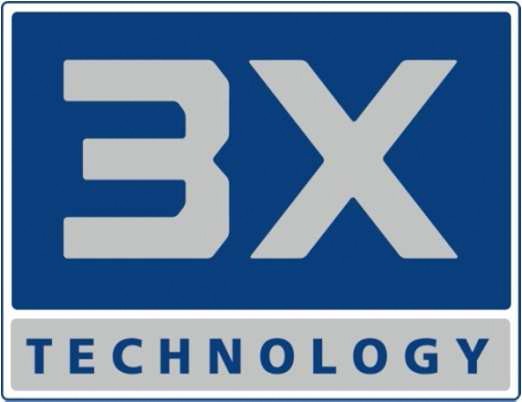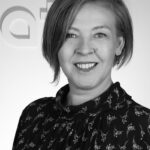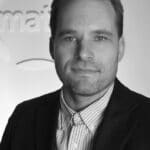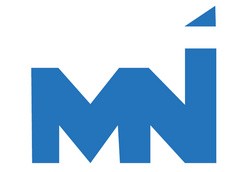MNÍ 2012 Food Day will be held at the Grand Hotel Reykjavík on the United Nations International Food Day, Tuesday 16 October, at 13-17. The title of the conference is "Food Safety and Consumer Protection - Where is the Responsibility?"
Registration for the Food Day has been opened on the website of the Food and Nutrition Association, www.mni.is. There you will also find further information and a program. Everyone is welcome on Food Day, participation fee is ISK. 7,000 but 3,500 for students.
Food safety and consumer protection Where does the responsibility lie?
The Icelandic Food and Nutrition Association (MNÍ) is announcing the MNÍ Food Day on Tuesday 16 October at the Grand Hotel Reykjavík. Food Day is an annual event that has been held since 1993 and is now being held for the 20th time.
With the introduction of new EU food legislation, more emphasis is being placed on producers' responsibility for food safety. Food control shall also be based on a risk assessment. Earlier this year, there was a great deal of discussion in the media and elsewhere in connection with certain issues that arose in the supervision of the food industry and became a source of speculation and discussion about food safety in Iceland. Following this, MNÍ believes that there is a need for responsible discussion and increased education for all those involved in such matters, and has therefore chosen food safety and consumer protection as the title of this year's Food Day with the hope of contributing to constructive public debate. forum. The main content of the day this year is risk assessment in food production and control, the responsibility of producers and consumers themselves for food handling. The responsibility of the media will also be discussed in the coverage of food and its marketing.
Steingrímur J. Sigfússon, Minister of Innovation and Industry, will chair the conference and Sveinn Margeirsson, CEO of Matís, will chair the meeting.
At the opening of the conference, Orri Hauksson, CEO of the Confederation of Icelandic Industries, will present Fjöregg MNÍ, an award given for a commendable initiative in the field of food production and human consumption. The grip is designed and built by Gleri in Bergvík and has been donated by the Confederation of Icelandic Industries since 1993.
Participation in the conference must be announced on the MNÍ website, www.mni.is, but registration ends at 24:00, Monday 15 October. The general participation fee is ISK 7,000, but students only have to pay ISK 3,500. Conference materials and light refreshments are included in the price, but the program starts at 13:00 to 17:00 and is published on the MNÍ website. There will also be news from the conference in the near future, as well as a list of those who will present their products and research in this field.
Food Day is open to the public and food, nutrition and consumer protection enthusiasts are encouraged to attend.
For further information, contact Fríða Rún Þórðardóttir, tel. 898-8798, frida@lsh.is.

